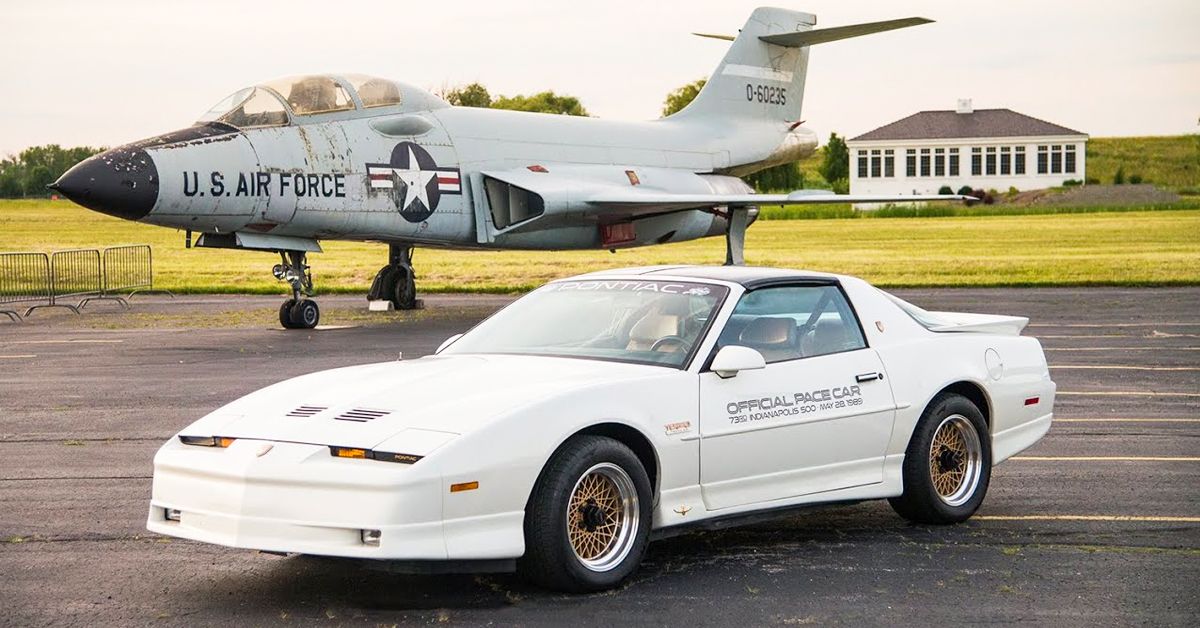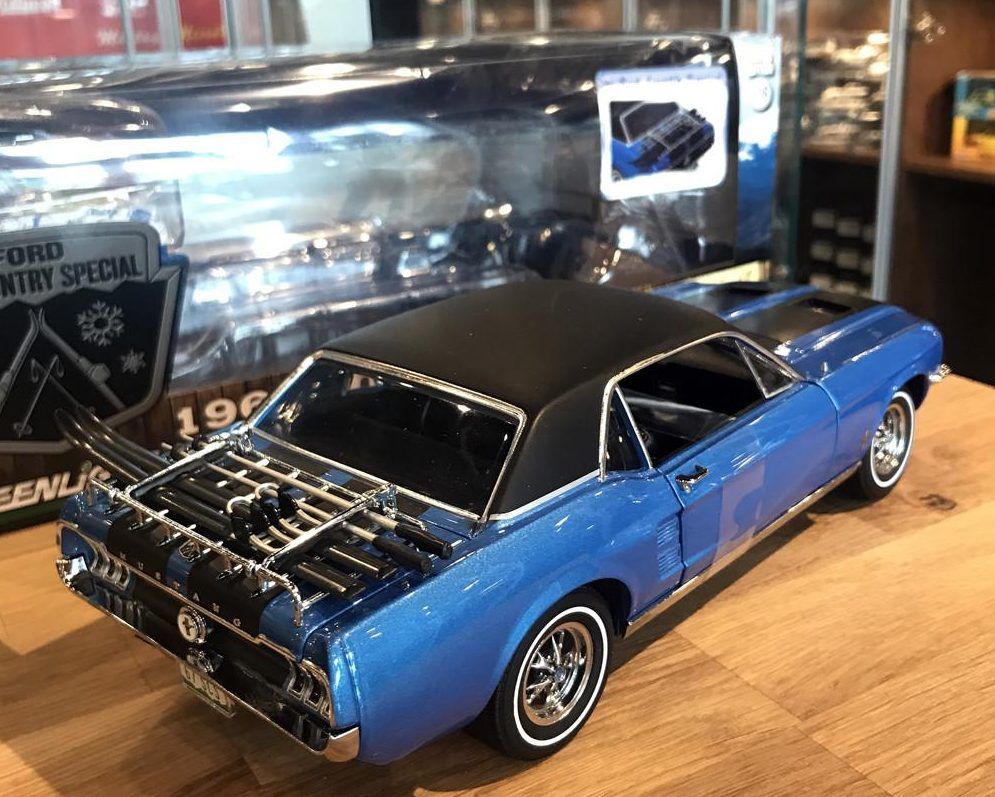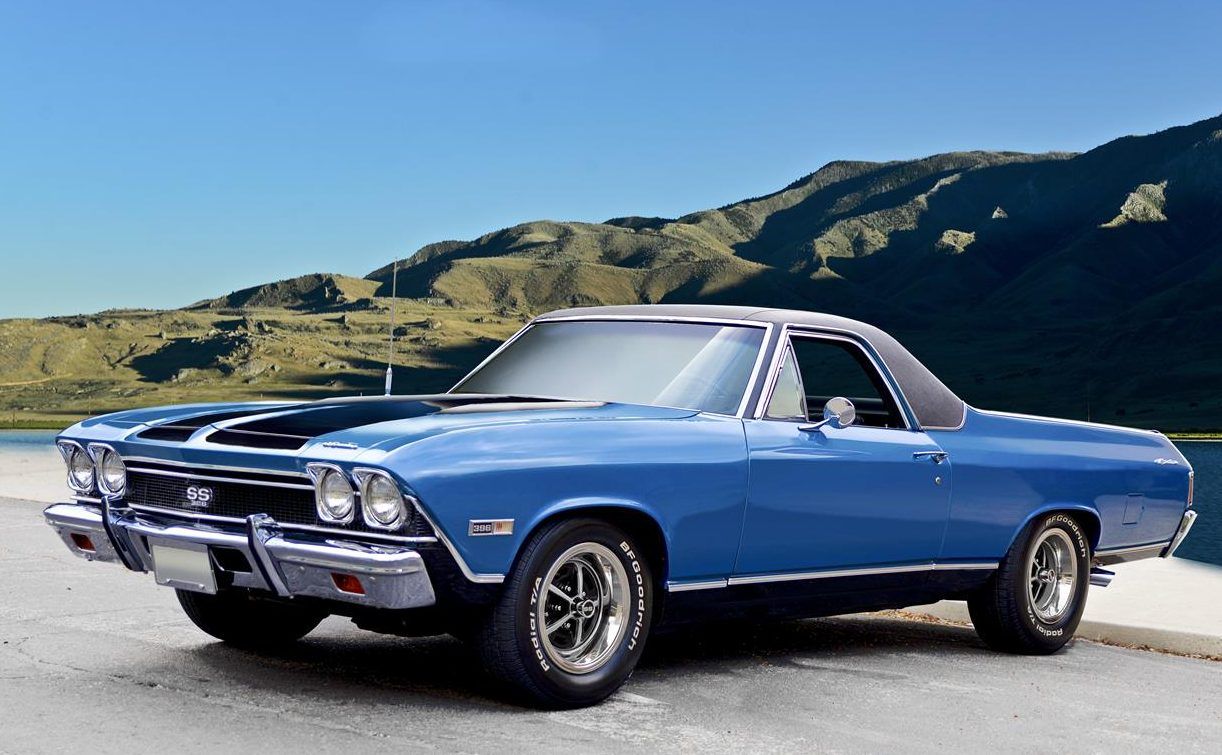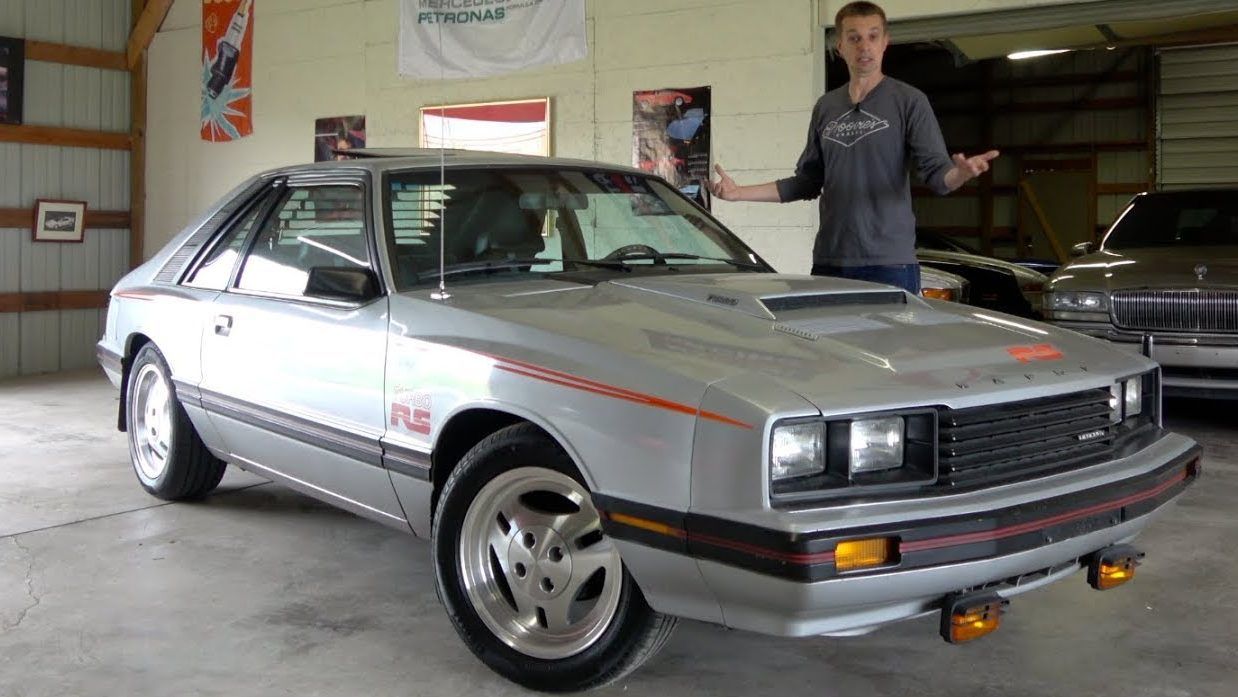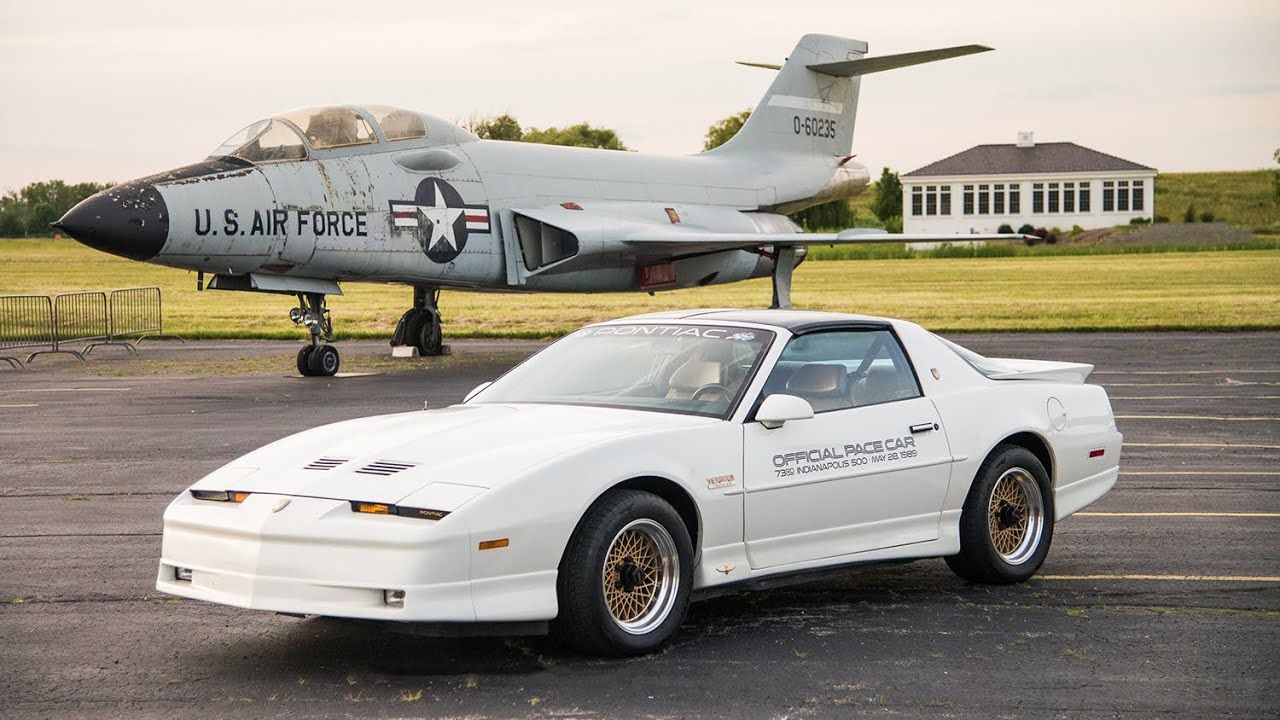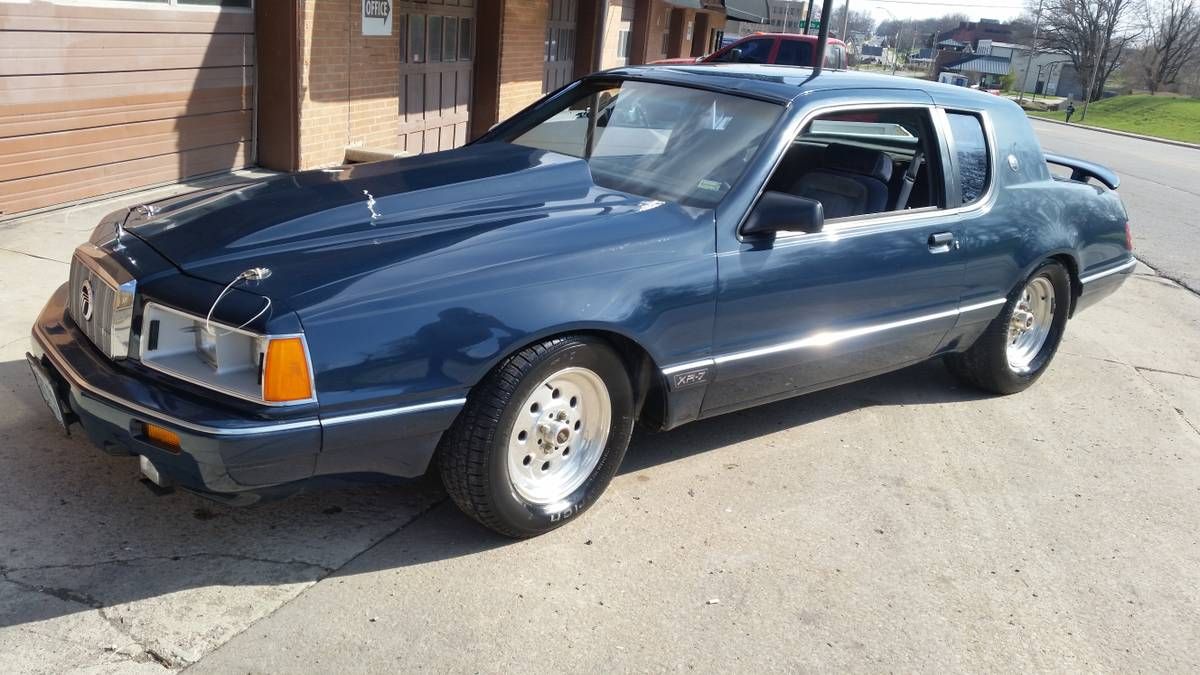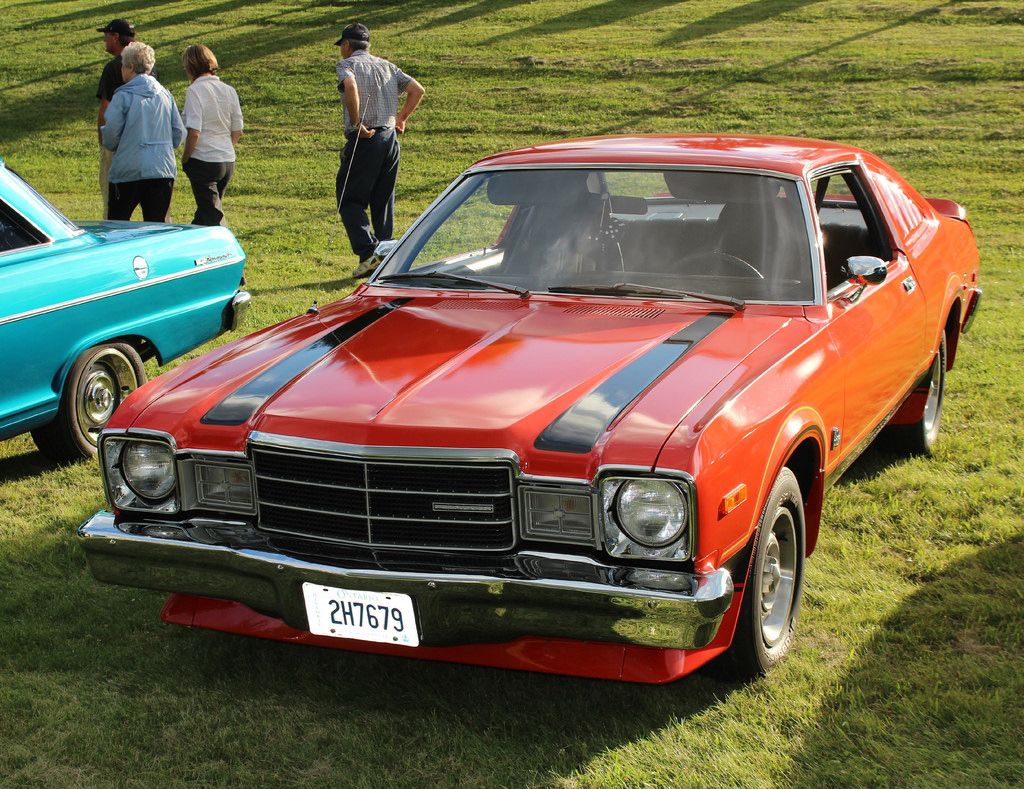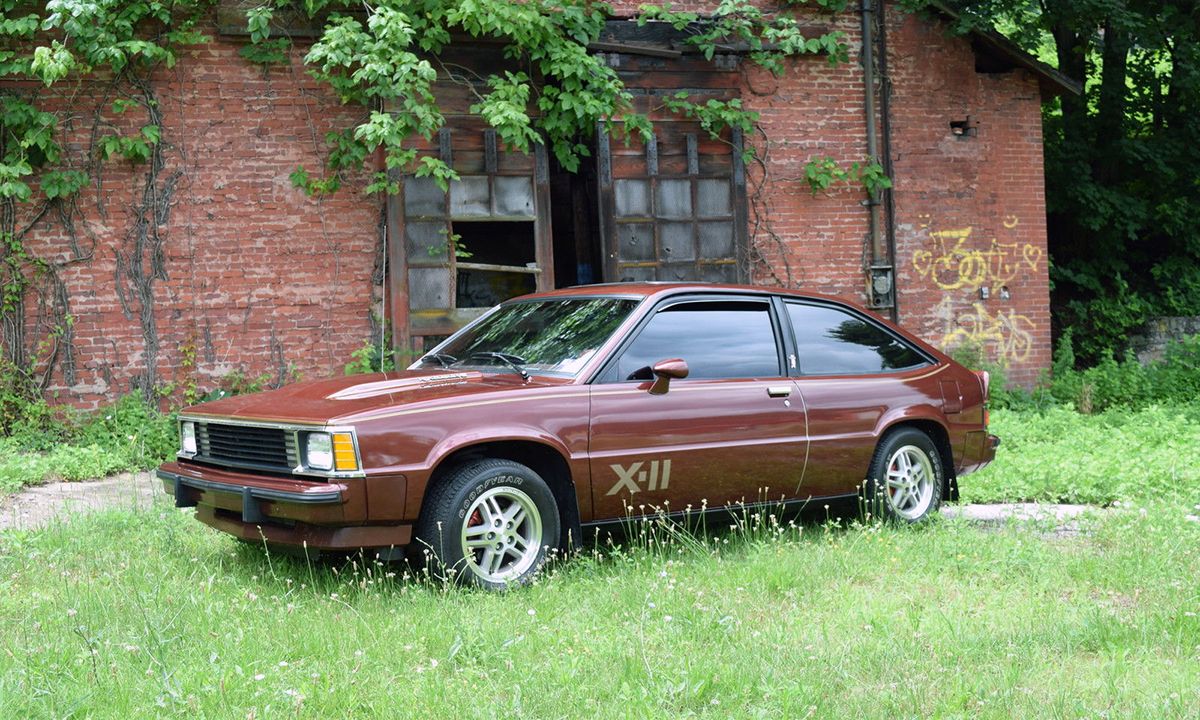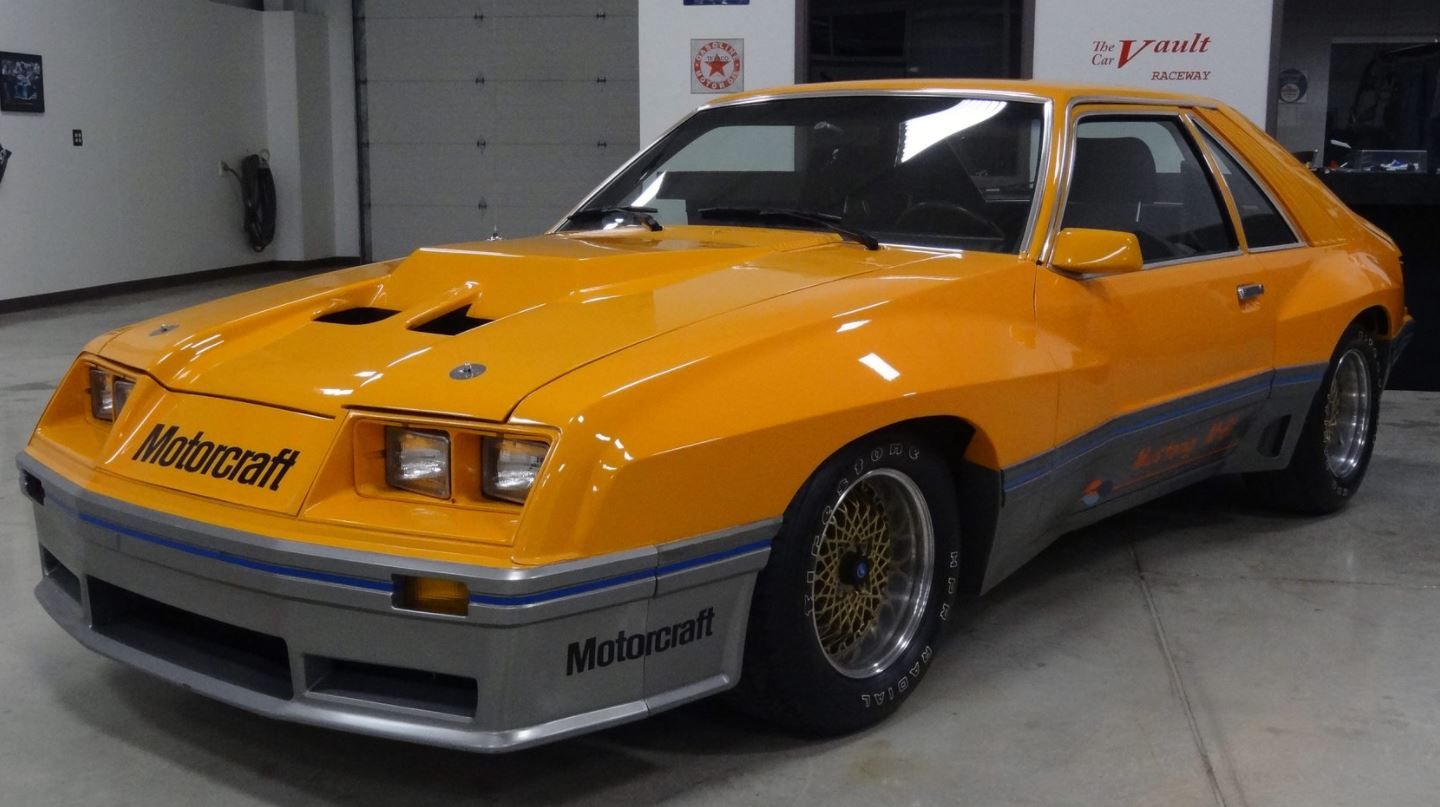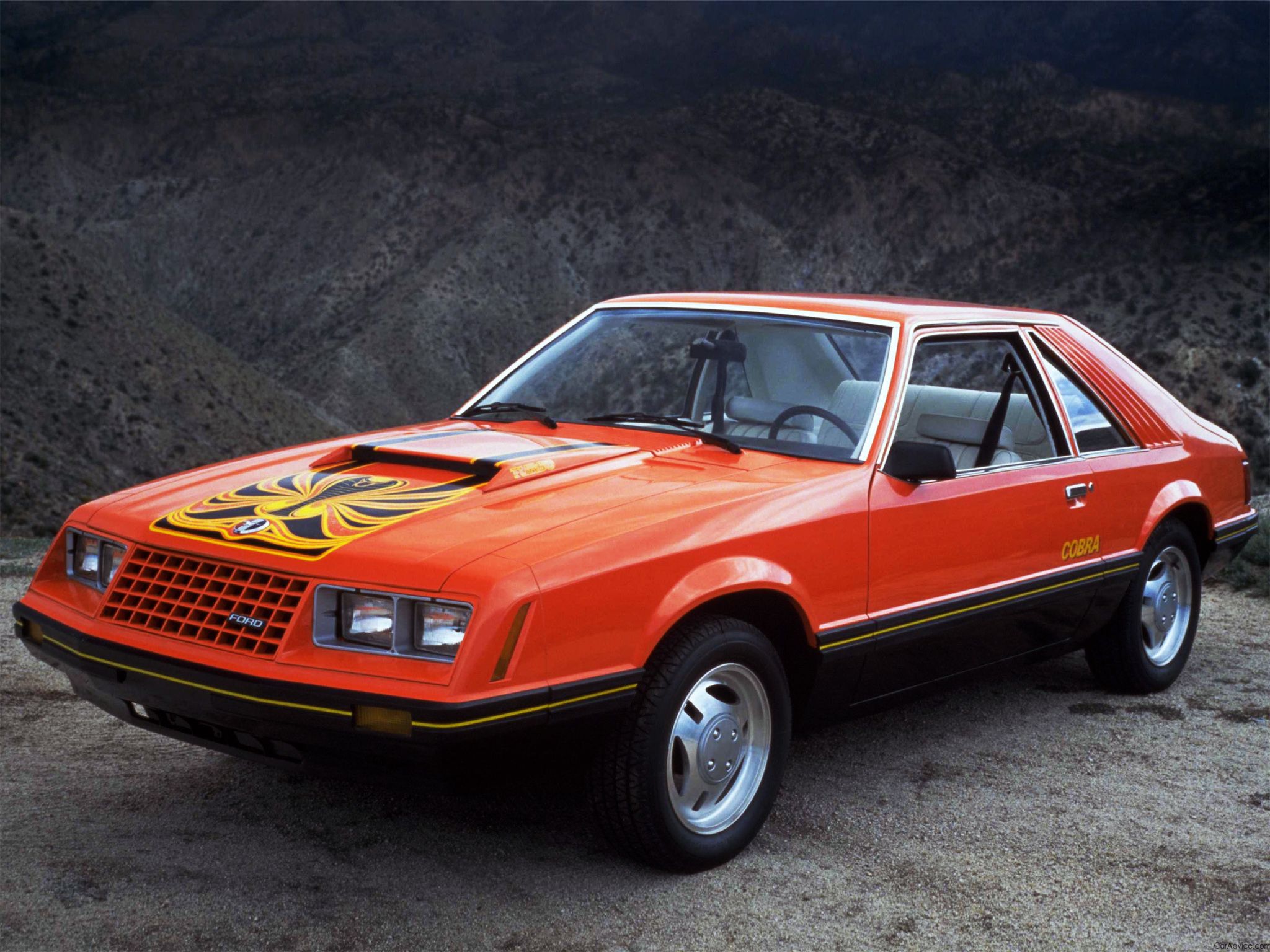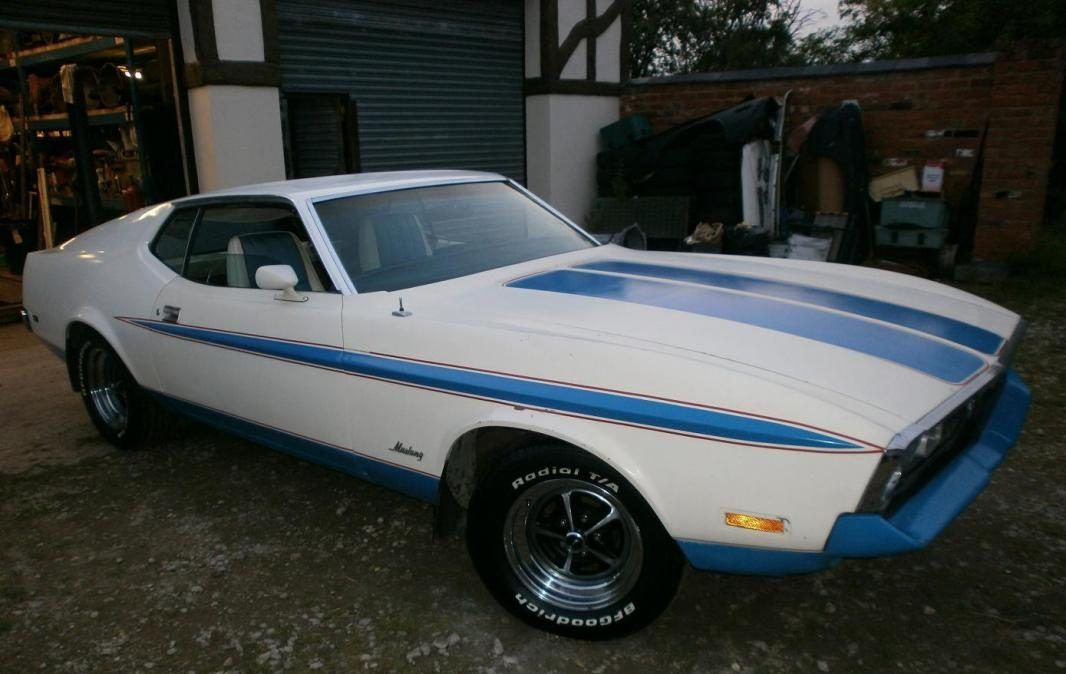The exact categorization of muscle cars and pony cars may keep gearheads happily arguing until the late hours of the night but their passion stems from a love of the classic Detroit form. Cars like the Mustang, Camaro, GTO, and Charger helped bring this country back to the forefront of automobile manufacturing—at least, until an Oil Crisis and improving imports brought everyone back down to Earth.
But the flood of amazing muscle cars on the market also left plenty of automobile aficionados in the unenviable position of knowing that anywhere they went, there were likely going to be two other dudes with the exact same make, model, and spec sitting there hogging all the glory. Before the internet brought backyard modding to the masses, major manufacturers were able to swoop in and satisfy the cravings of car buyers who wanted to feel unique.
Just about every muscle car, classic or modern, is available in a wide range of trims. And products like today's Mustang Shelby GT500 or Dodge Challenger Hellcat continue the long tradition of boosting performance well above base-model cars using parts in combination straight from the factory.
But unfortunately, it's also a fact that Detroit has a long history of producing some limited-production vehicles—especially of their vaunted muscle cars—that leave fans simply puzzled. Keep scrolling for 20 of the strangest special-edition muscle cars ever to hit the streets.
15 Pontiac GTO Judge
Of all the special editions of muscle cars, the Pontiac GTO Judge might just be the strangest. It was actually based on a comedy routine called "He Come de Judge" from the classic TV show Rowan and Martin's Laugh-In, which was hosted by Dan Rowan and Dick Martin and ran from 1968 to 1973. The skit was performed in the first season by Pigmeat Markham and then later by Sammy Davis Jr. But as funny as it may have been, the car was more peculiar and was originally intended to be a low-cost version of the GTO. Originally offered only in Carousel Red, more colors were added later to help bring in buyers.
14 1978 Ford Mustang II King Cobra
The Ford Mustang has had many ups and downs along its illustrious production run and plenty of those rises and falls have come in the form of special editions. One clear nadir was the 1978 Mustang King Cobra, an iteration of the second-generation 'Stang that goes down as one of Detroit's saddest attempts at creating a muscle car. Despite having an impressive name, the only thing impressive about the King Cobra was its body kit and a four-speed manual. If that doesn't sound particularly impressive, consider the fact that it received no mechanical upgrades to improve on its base-spec, 140-horsepower 5.0-liter V8.
13 1970 Dodge Super Bee
The Dodge Super Bee barely classifies as a muscle car because of its spec but there's no doubt it's a limited-edition. Dodge has a history of producing odd variants of their cars that are really just stylistic in nature—they do it almost as often as they crank out seriously legit performers (even street-sport trucks like the SRT-10). The Super Bee might sound cool but it's name reveals the truth: it was derived from Chrysler's B-body mid-sized offerings and was truly just an even cheaper Dodge Coronet. Only four were ever made and even though their paint job stands out, they're not about to beat anybody off the line.
12 Ford Mustang Ski Country Edition
The model in the picture above is a miniature version of one of the strangest special editions ever built. Offered by 10 Denver-area Ford dealers, the Mustang Ski Country Special was among four models to receive the package (the other three being the Fairlane, Galaxie, and Country Sedan). The only thing that makes sense about the Mustang Ski Country Special is that, at the very least, it wasn't offered in convertible form. The rest of the package—unique color combos, snow tires, ski racks, and an equa-lock rear axle—could have done very little to help a front-engined, rear-wheel drive Mustang handle any real snowy terrain.
11 1969 Chevrolet Corvette ZL-1 427
Unlike most of the peculiar special-edition muscle cars on this list, the majority of which are baffling because they don't actually offer any performance advantages, this limited-production Corvette model begs a different question: why didn't Chevrolet make more of them? The 1969 C3 was built from the factory in ZL-1 trim with an all-aluminum, 427ci V8 under its long hood. Finally, Chevy had done the exterior styling of the C3 justice and the engine reportedly could put out up to 750 horsepower. But for some reason, only three examples ever left the factory in this spec. Backyard mechanics would later try to replicate this awesome Corvette because of how potent it truly was.
10 1968 Chevrolet El Camino SS
The El Camino stands at the top of the heap when it comes to sporty car-truck combinations. Even though Ford's Ranchero actually beat the Chevy to the market, the El Camino did the job right and has lasted as a legend to this day. The 1968 model year may have been peak El Camino, when Chevy offered the "cruck" with an enhanced L78 big-block displacing 6.5 liters. The power was routed to the rear wheels through a Muncie M22 "Rock Crusher" manual—but as with any pickup, the tail end had no chance of keeping enough weight on the rear wheels to prevent wheelspin, forcing owners to weight their vehicles down with sandbags, which makes the setup highly questionable.
9 1981 Mercury Capri RS Turbo
If this car looks familiar, that's because it's basically the strange sibling of the Fox Body Ford Mustang. Mercury was still a market presence in the 1980s (albeit one that was slowly on its way out even then) and Ford decided to rebadge the Fox Body as a Mercury Capri. The Mustang in all its generations has been known to have plenty of special editions in its history—some good and some bad—but there's not much to love about the Mercury Capri RS Turbo other than its hood scoop and louvered rear slats. While Ford and RS usually go together well, in this case, a 2.3-liter turbo-four under the hood was only creating 117 horsepower and 135 lb-ft of torque.
8 1989 Pontiac Firebird Trans Am Turbo
Normally, a third-gen Pontiac Firebird Trans Am might not pique the interest of many car nuts. Despite the attractive exterior, anyone who knows anything knows that Pontiac's third iteration of the Firebird packed very little heat, epitomized by a startling disappointing turbocharged Trans Am that bolted a snail onto a 4.9-liter V8 to produce only 210 horsepower. But there was one sneaky model year, 1989, when the 20th Anniversary Edition sourced the powerplant from a Buick Grand National and cranked 250 horses out of the turbocharged 3.8-liter V6. Only 1,555 cars left the factory in this trim, in a decision by GM that still baffles everyone to this day.
7 1984 Mercury Cougar XR7
1996 Ford Thunderbird LX Super Coupe
[caption id="attachment_206843" align="alignnone" width="1200"]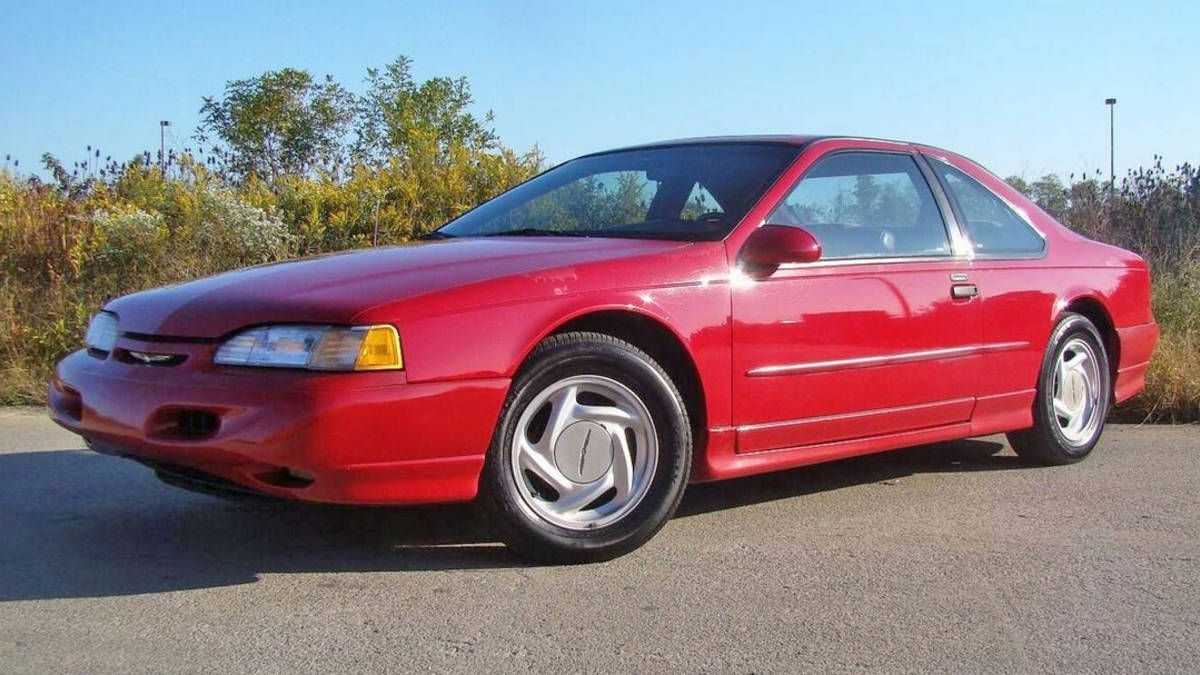 via Autoweek[/caption]
Given the whimper that the Ford Thunderbird left this planet with, it's hard to believe that the model's first generation could possibly have been as awesome as it was. In the mid-1950s, a Thunderbird could be had from the factory with two four-barrel Holley carburetors and a Paxton supercharger that brought output up to 300 horsepower. By the mid-2000s, that power figure still hadn't been eclipsed and what was a classic had become a laughingstock. Along the way, the 1996 Thunderbird Super Coupe attempted to recreate the early success. But even 1990's technology couldn't bring the supercharged and intercooled V6's power levels above 210 horses.
via Autoweek[/caption]
Given the whimper that the Ford Thunderbird left this planet with, it's hard to believe that the model's first generation could possibly have been as awesome as it was. In the mid-1950s, a Thunderbird could be had from the factory with two four-barrel Holley carburetors and a Paxton supercharger that brought output up to 300 horsepower. By the mid-2000s, that power figure still hadn't been eclipsed and what was a classic had become a laughingstock. Along the way, the 1996 Thunderbird Super Coupe attempted to recreate the early success. But even 1990's technology couldn't bring the supercharged and intercooled V6's power levels above 210 horses.
1970 Ford Mustang Boss 302
[caption id="attachment_206844" align="alignnone" width="1920"]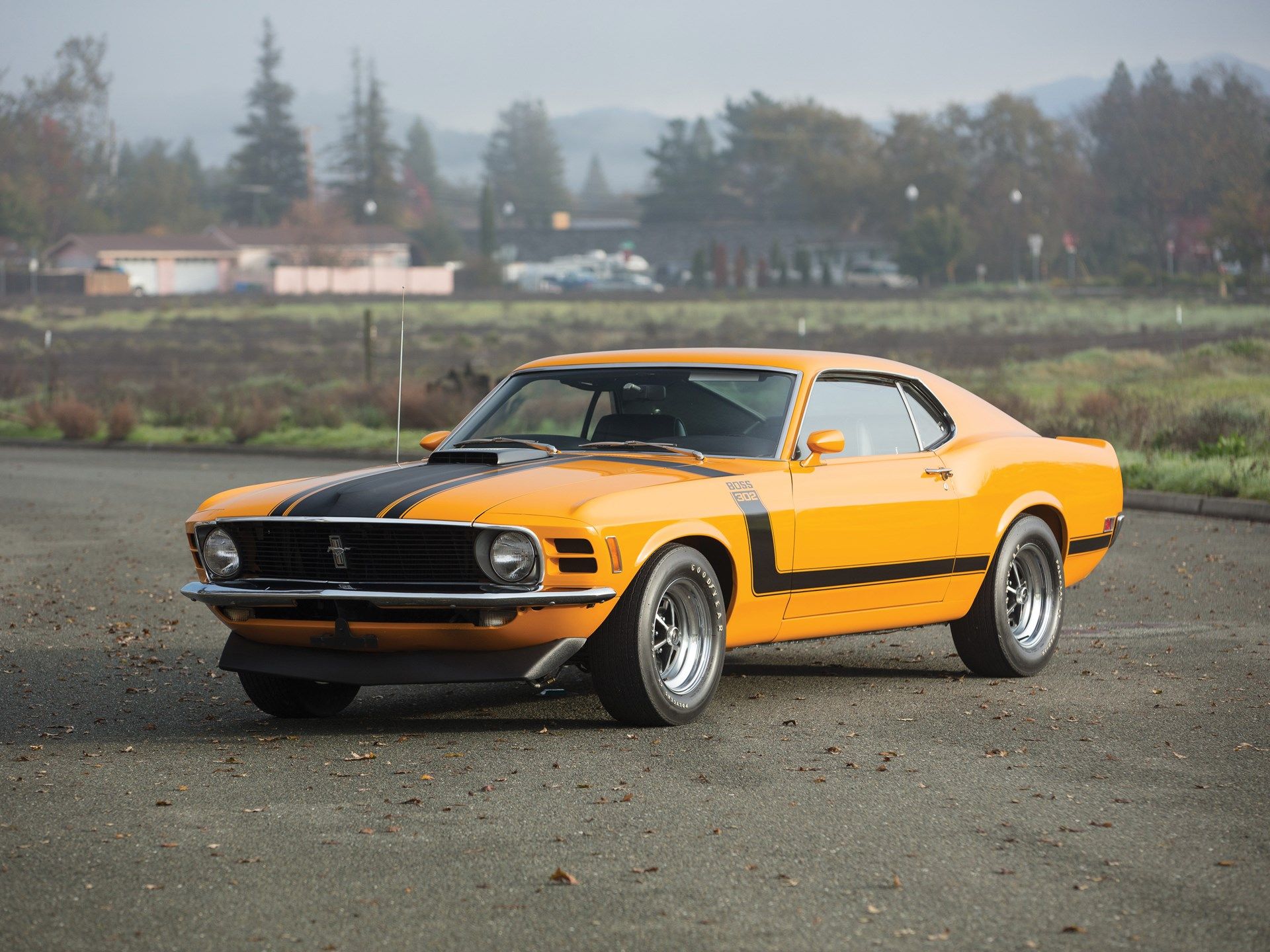 via RM Sotheby's[/caption]
Compared to most of the special editions that make absolutely zero sense on this list, the 1970 Ford Mustang Boss 302 really isn't that bad. But it's still another questionable decision by Ford, namely because it had a big brother that was, essentially, everything that the 302 wasn't. Sure, a 5.0-liter V8 producing 290 horsepower in 1970 wasn't terrible—but compare that to the Boss 429 and its 7.0-liter Cobra Jet V8 that cranked out 375 horsepower at only 1,300 RPM and 450 lb-ft of torque at 3,400 RPM. Built by the same guys who made the GT40 MKIV's engine, the Cobra Jet V8's stats were widely assumed to be underrated given that it could safely rev up to 9,000 RPM (where output was estimated to be around 600 horses).
via RM Sotheby's[/caption]
Compared to most of the special editions that make absolutely zero sense on this list, the 1970 Ford Mustang Boss 302 really isn't that bad. But it's still another questionable decision by Ford, namely because it had a big brother that was, essentially, everything that the 302 wasn't. Sure, a 5.0-liter V8 producing 290 horsepower in 1970 wasn't terrible—but compare that to the Boss 429 and its 7.0-liter Cobra Jet V8 that cranked out 375 horsepower at only 1,300 RPM and 450 lb-ft of torque at 3,400 RPM. Built by the same guys who made the GT40 MKIV's engine, the Cobra Jet V8's stats were widely assumed to be underrated given that it could safely rev up to 9,000 RPM (where output was estimated to be around 600 horses).
1977 Pontiac Firebird Trans Am SE
[caption id="attachment_206845" align="alignnone" width="1267"]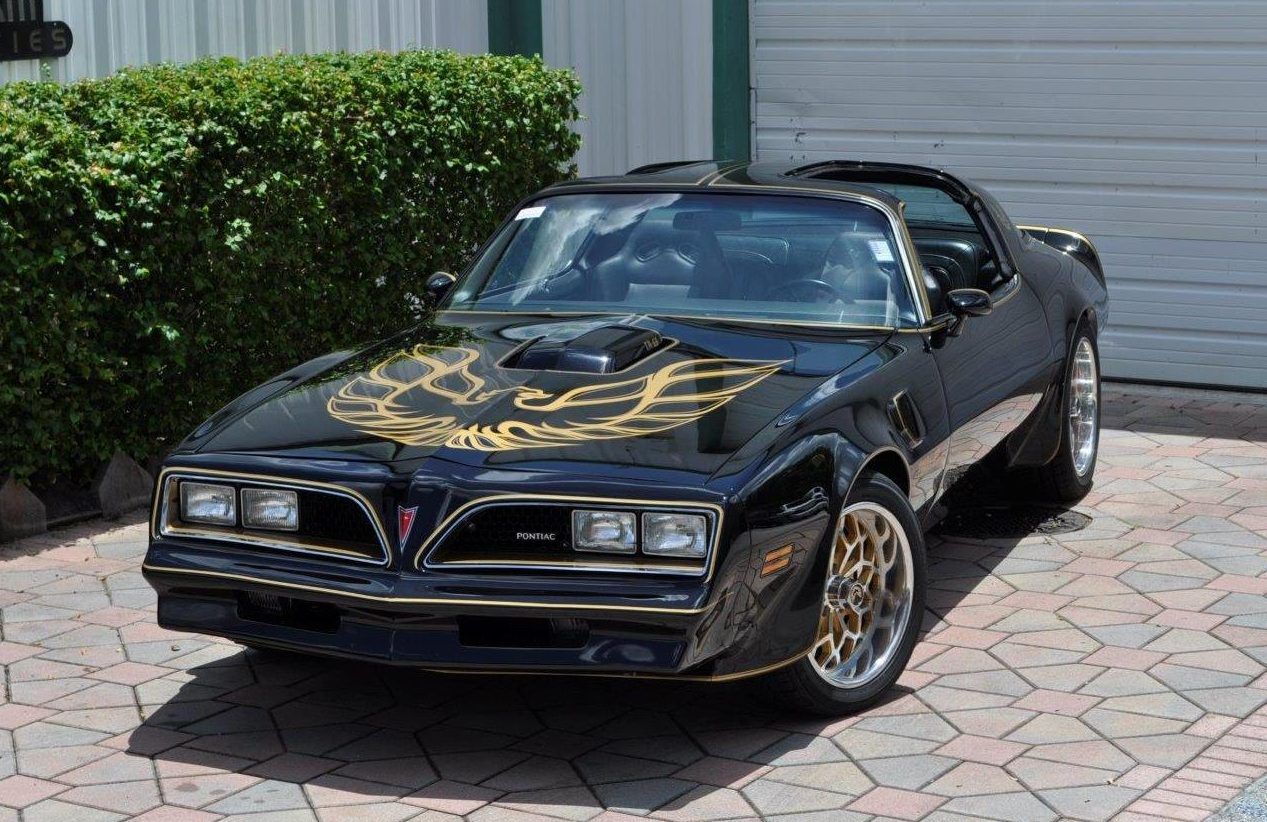 via Classic Cars[/caption]
Any fan of cinema or automobiles will recognize the black-on-gold Pontiac Firebird Trans Am that Burt Reynolds drove in Smokey and the Bandit. But as awesome as the car might have looked on-screen and in real life, there's serious doubt as to whether Reynold as Bandit would have been able to outrun anyone in his SE-spec Trans Am. A 6.6-liter V8 might sound great and it's definitely true that star power isn't always based on talent over looks but a peak output of 200 horsepower certainly doesn't sound impressive, even considering that the movie came out all the way back in 1977.
via Classic Cars[/caption]
Any fan of cinema or automobiles will recognize the black-on-gold Pontiac Firebird Trans Am that Burt Reynolds drove in Smokey and the Bandit. But as awesome as the car might have looked on-screen and in real life, there's serious doubt as to whether Reynold as Bandit would have been able to outrun anyone in his SE-spec Trans Am. A 6.6-liter V8 might sound great and it's definitely true that star power isn't always based on talent over looks but a peak output of 200 horsepower certainly doesn't sound impressive, even considering that the movie came out all the way back in 1977.
1970 Dodge Challenger R/T 426 Hemi Convertible
[caption id="attachment_206835" align="alignnone" width="1024"] via Ed's Swap Meet[/caption]
Everyone loves a classic Dodge Challenger, one of the most iconic muscle cars ever built and one that lives on to this day in Detroit's escalating power wars (perhaps the king of the field, currently, thanks to the 2018 Demon and its Hellcat little siblings). In 1970, Dodge released a super-exclusive version of the Dodge Challenger that was complete with a 426 Hemi and strangely, a convertible top. Only nine were ever built in this configuration and every single one of them leaves muscle car fans wondering why Dodge even opted to build a convertible. After all, wouldn't the wind rushing through the cabin take away from the sound of that glorious V8?
via Ed's Swap Meet[/caption]
Everyone loves a classic Dodge Challenger, one of the most iconic muscle cars ever built and one that lives on to this day in Detroit's escalating power wars (perhaps the king of the field, currently, thanks to the 2018 Demon and its Hellcat little siblings). In 1970, Dodge released a super-exclusive version of the Dodge Challenger that was complete with a 426 Hemi and strangely, a convertible top. Only nine were ever built in this configuration and every single one of them leaves muscle car fans wondering why Dodge even opted to build a convertible. After all, wouldn't the wind rushing through the cabin take away from the sound of that glorious V8?
6 Plymouth Volare Road Runner
The main reason Plymouth's Road Runner is a vaunted name in automotive history is because of the epic Superbird, a homologation special with a distinctive nose and tail designed to improve aerodynamics at the top speeds required for NASCAR racing in the late-1960s and early-1970s. Almost the exact opposite of the Road Runner Superbird, however, is the Plymouth Volare Road Runner, which enjoyed a modest production run from 1976 to 1980. Clearly another attempt to capitalize on name-brand recognition, the Volare Road Runner packed a weak 316ci V8 that only put out 160 horses, even if it did sport a fun body kit complete with rear louvers, a spoiler, a graphics package, and upgraded wheels.
5 Chevrolet Citation X-11
The Chevrolet Citation X-11 might sound like its borrowed a codename from a test-flight fighter jet—but nothing could be further from the truth. Chevrolet tried to turn the Citation into a muscle car with the X-11 package, to no avail. No one was fooled by the graphics on the side or the bulged hood because under the skin, the only thing the Citation had to offer was a 2.8-liter V6 that maxed out at 135 horsepower being sent to the front wheels only. The 1981 X-11 could meander its way to 60 miles per hour in 8.5 seconds and somehow, the 1982-84 versions managed to do even worse, clocking in at 9.2 seconds.
1982 Chevrolet Camaro "Iron Duke"
[caption id="attachment_206849" align="alignnone" width="2464"]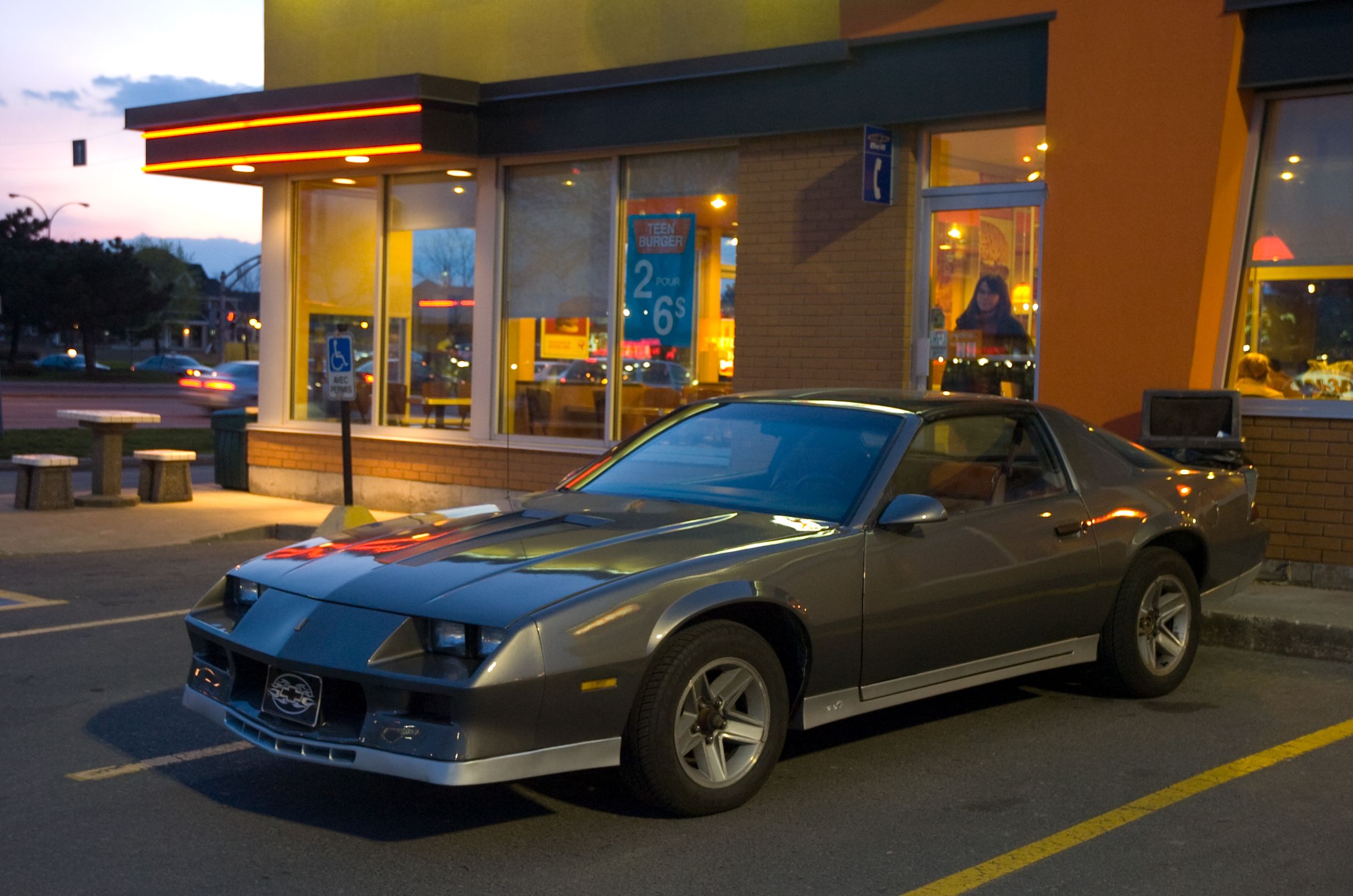 via Wikiwand[/caption]
While the Chevrolet Camaro has returned to glory in the last decade, there were a number of years where it seemed like the model might be destined for a back shelf in a storage shed. Case in point is the 1982 iteration, which was available with an engine known affectionately as the Iron Duke. It may sound as tough as John Wayne but the name came about because the engine was known to last forever. That seems great until it becomes clear it can last forever because of its sad output, rated at 90 horsepower out of a 2.3-liter inline-four. With a 0-60 run taking a full 20 seconds, there was no strain on any of the car's mechanical components.
via Wikiwand[/caption]
While the Chevrolet Camaro has returned to glory in the last decade, there were a number of years where it seemed like the model might be destined for a back shelf in a storage shed. Case in point is the 1982 iteration, which was available with an engine known affectionately as the Iron Duke. It may sound as tough as John Wayne but the name came about because the engine was known to last forever. That seems great until it becomes clear it can last forever because of its sad output, rated at 90 horsepower out of a 2.3-liter inline-four. With a 0-60 run taking a full 20 seconds, there was no strain on any of the car's mechanical components.
4 Ford Mustang McLaren M81
McLaren has become a major name in the automotive world thanks to the success of Bruce McLaren both as a competition driver and with the company that he founded. But there's another McLaren out there and the similar name seems like it must be an attempt to capitalize on the supercar manufacturer's fame—without delivering nearly the same kind of product. Case in point is the notorious Ford Mustang McLaren M81, which may look like a perfect 1980s nostalgia piece but is, in fact, pure 1980s disappointment. It sure seems like a 2.3-liter turbo-four cranking out 190 horsepower wouldn't draw in buyers. And yet this puppy was able to fetch an asking price of around $25,000 in its day—about three times the cost of a base Fox Body Mustang.
3 1979 Ford Mustang Cobra
In yet another misguided attempt at creating a special edition of the Mustang, Ford released the 1979 Cobra package for their Fox Body (third-gen) 'Stang. The word "Cobra" might bring to mind legends like Carroll Shelby and his AC-bodied sports cars but the 1979 Mustang was in no way similar to the cars created by the chicken farmer from Texas. Instead of creating another world-beating sports car, Ford unveiled a Cobra that had a 2.3-liter, four-cylinder engine that cranked out only 140 horsepower. Even in the original Cobra's lightweight body, that power figure would have seemed paltry to just about anyone.
2 Ford Mustang Sprint
The Ford Mustang Sprit is actually a set of two different special editions meant to commemorate the 1972 Summer Olympics in Munich. Conceived by Edsel Ford II in a bid to help the second-gen Mustang's slumping sales, the Sprint came in either Package A or Package B form. Both wore the iconic red-white-and-blue paint and Package A included USA graphics, vinyl bucket seats, and white sidewall bias-belted tires. There were no true performance upgrades, belying the name 'Sprint' that the car bore. Package B, at the very least, added competition suspension into the mix but both special editions were still based upon the sad sack that was the Mustang II.
1 Ford Taurus SHO
Somewhere in the magical realm that is the internet, the Ford Taurus SHO of 1989 to 1991 has acquired a cult-like following that believes it to be a wonderful car. But one glance at the stat sheet reveals that this special-edition sedan shouldn't even belong in the same conversation as some of the other sad muscle cars on this list. It didn't even come with a V8, people! SHO might stand for Super High Output but that Yamaha-built V6 only put out 220 horsepower in a car that tipped the scales at 3,285 pounds—without a full family of five weighing down the rear end (where it's power, specifically, didn't go).
Sources: Ed's Swap Meet, CJ Pony Parts, and Mustang 360.

